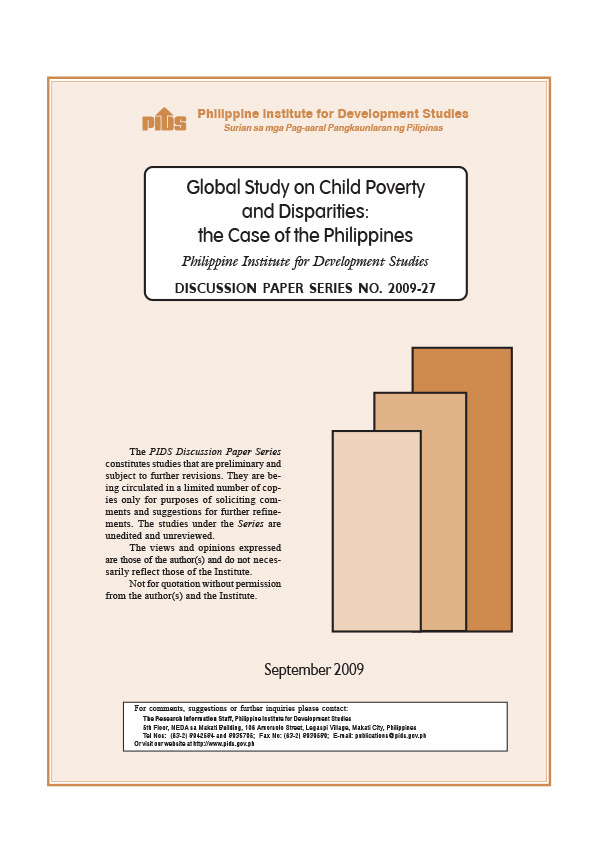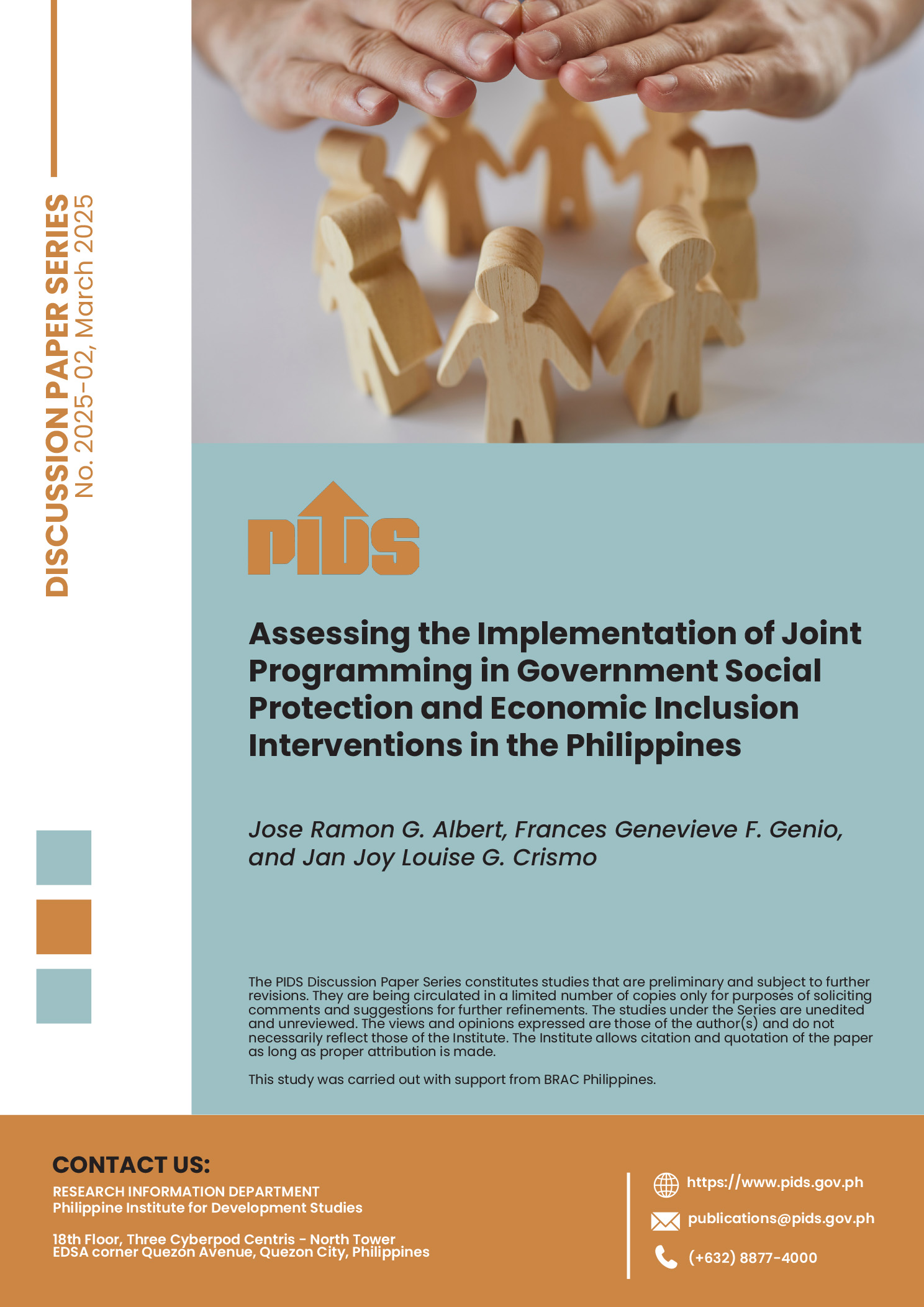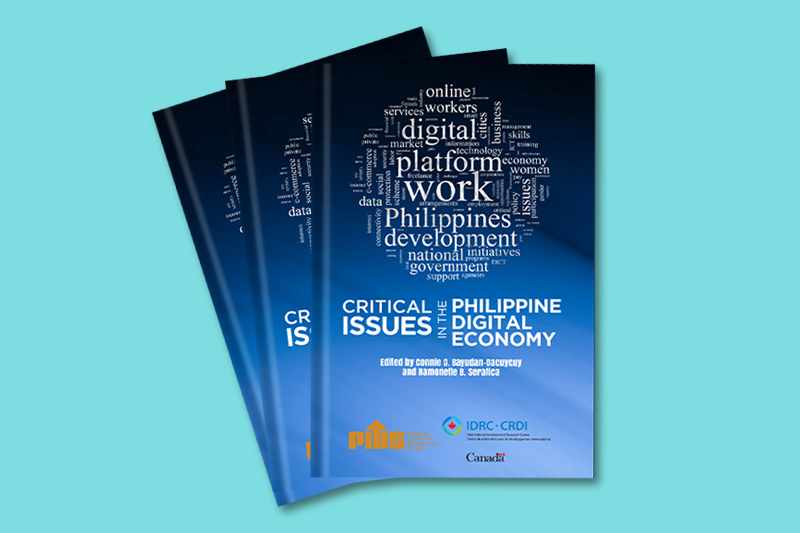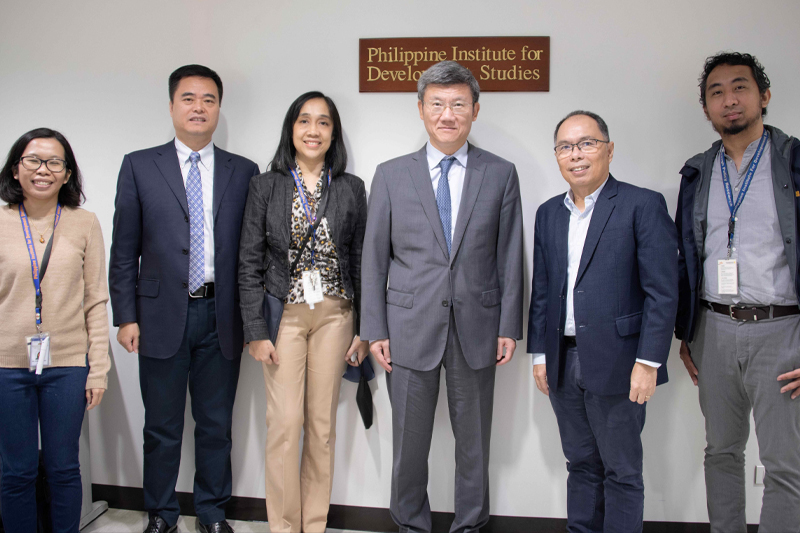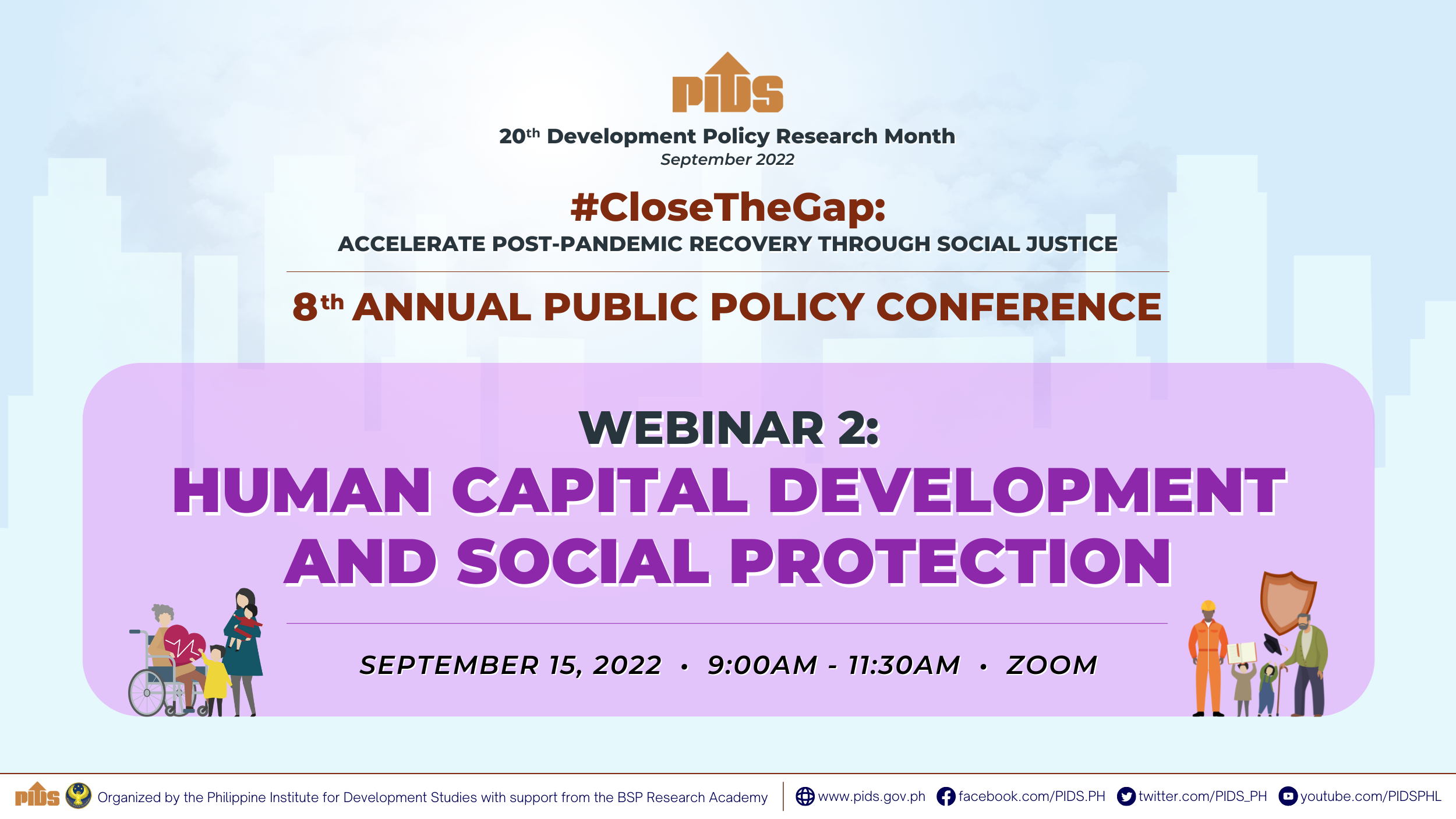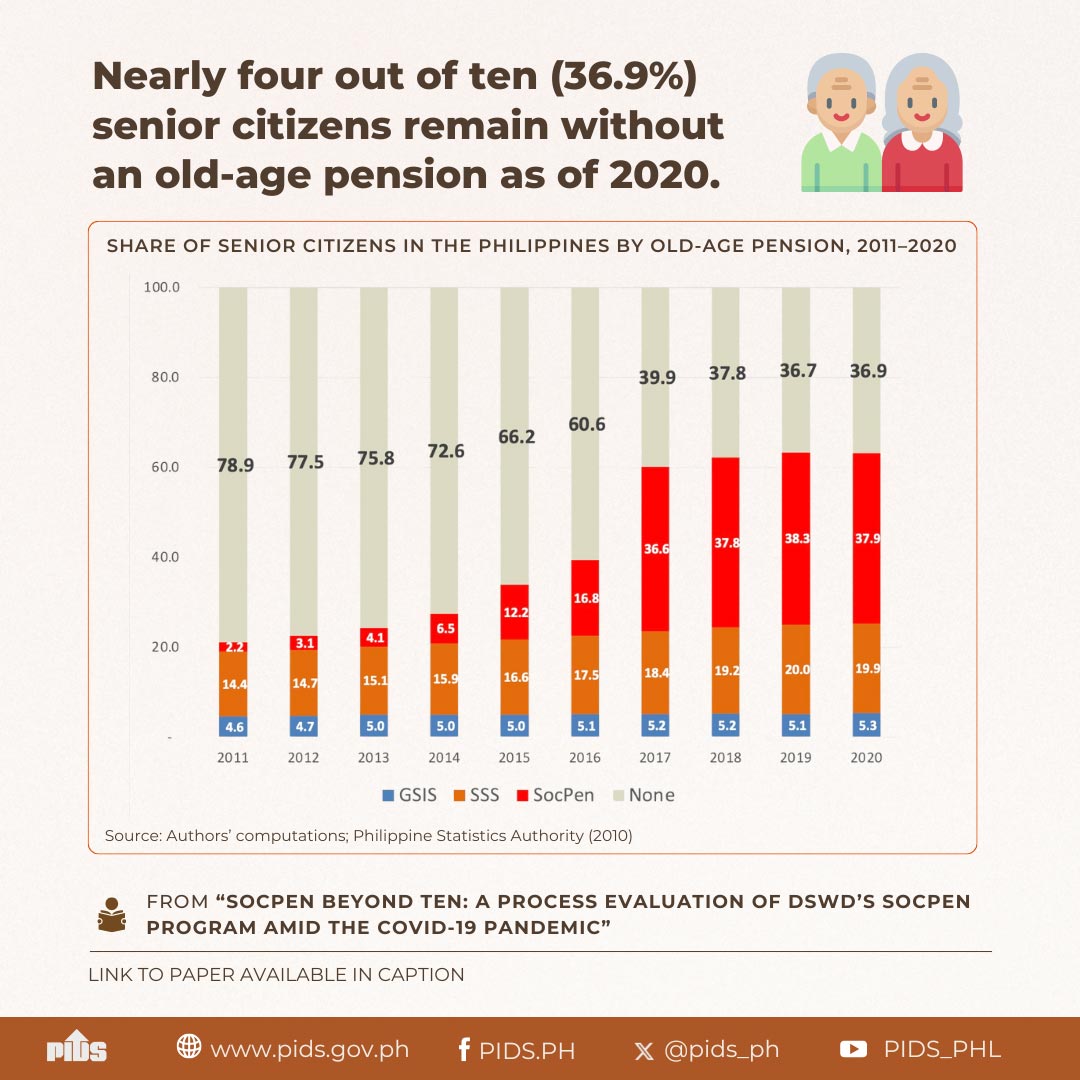In a country where poverty is prevalent, a significant number of children are likely to be illiterate, malnourished, and prone to abuse and physical violence. The Philippines is no different. Using known indicators on education, social protection, poverty, and health, this report summarizes the Filipino children's welfare and living conditions taking account the disparities in gender, income, and geographic location. This report shows that poverty incidence among children living in rural areas is more than twice that of children living in the urban areas. Looking at the regional patterns, some regions are consistently ranked as being 'worse off' compared to other regions. All these suggest wide disparities in poverty incidence across regions and between urban and rural areas. Chapter 2 of the report describes the many facets of deprivation that could either be severe or less severe. In 2006, 18.6 percent of children or 5.4 million children were deprived of at least one of the three dimensions of well-being covered by the study, namely, shelter, sanitation, and water. The report finds some remarkable improvements in the plight of the children based on recent data and indicator estimates. The five pillars of child well-being are examined more closely in Chapter 3. The first section deals with child nutrition and highlights the fact that malnutrition is one of the underlying causes of child mortality. The section on child health, meanwhile, analyzes trends and issues on infant mortality and child immunization. Compared to its close neighbors in Asia, the Philippines posted a drastic decline in immunization rates in 2003. The section on child protection, on the other hand, cites the Philippine government’s efforts to protect the rights of families and children which began as early as 1935. Another section is devoted to education and highlights various basic education indicators and trends. It narrates how the 2007 level of elementary participation rate became at par with 1990 level, thus, requiring that the 25-year millennium development target be achieved in eight years. Disparities in education outcomes were also observed in different socioeconomic dimensions. In the section for social protection, policies and programs that aim to prevent, manage, and overcome the risks that confront the poor and vulnerable people were presented. The section also suggests critical areas that should be considered in assessing social safety net programs. In conclusion, the report proposes different strategies for action using the rights-based approach. Some specific recommendations include pursuing an effective population management program; stabilizing macroeconomic fundamentals; building up data and giving due consideration to regional disparities in aid of planning, and policy and program formulation; and allocating more financial and rational manpower resources for health, education, and child protection. As regards other government programs, the report finds that it is not sufficient that budget is allocated adequately. What is crucial is proper targeting and making sure that resources are given to that segment of population where interventions are needed the most. Moreover, research works should continue to look for reasons why gaps persist, to analyze the correlation between interventions and outcomes, and to examine the interrelated forces and relationship that would strengthen the pillars of child well-being. The report ends with a view on how the role and active participation of public institutions, private organizations, communities, and individuals must be upheld and coordinated to promote the welfare of the Filipino children.
Citations
This publication has been cited 1 time
- Ducanes, Geoffrey, and Edita Abella Tan. 2016. Who are poor and do they remain poor?. UP School of Economics Discussion Papers 201408. Diliman, Quezon City: University of the Philippines School of Economics.

